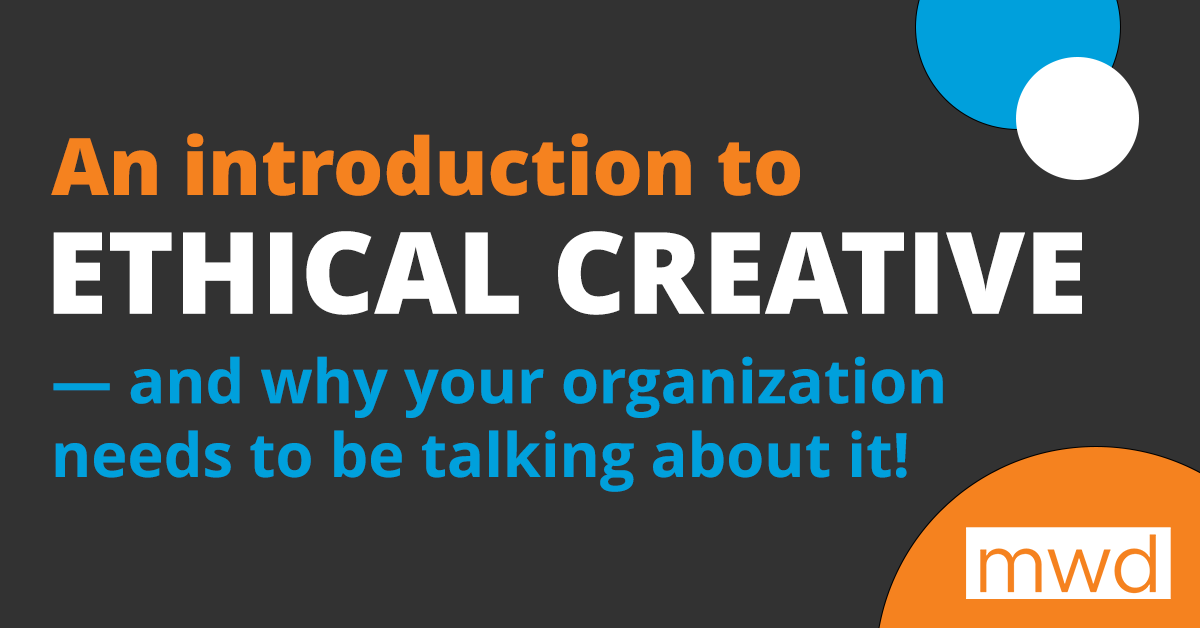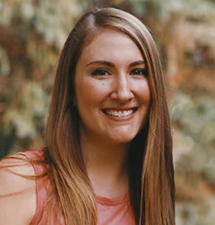
As fundraisers and marketers, we’re constantly seeking new approaches and tactics to enhance our fundraising results. We search for ideas and advice on how to make our programs increasingly effective and efficient — raising more money and using fewer resources. However, at MWD, we believe it’s equally important to ensure the fundraising strategies and tools we employ are ethical, accessible, and inclusive. This is especially true of our creative elements — the words, stories, images, and designs we use to communicate our mission and make our case for support.
Because, no matter how much money it may raise, if our creative reinforces harmful stereotypes, perpetuates white saviorism, or objectifies community members, we’re not truly achieving our ultimate goal: making the world a better, more just, more loving, and more sustainable place.
What is ethical creative?
Your creative is a bridge that connects your audience to your mission. It encompasses the visuals you use, the language you choose, the stories you share, and the designs you create. Ethical creative connects your audience with your cause in a way that prioritizes human dignity, promotes equity, accessibility, and inclusion, and positions community members as partners.
Why ethical creative?
- Ethical creative builds trust with the people you serve and partner with because it acknowledges them as dynamic people and communicates both their struggles and successes in an authentic way. It doesn’t exploit tragedies or reduce people to a single issue, problem, or challenge.
- Ethical creative is community-centric, rather than donor-centric — an approach that inspires donor loyalty and facilitates a deeper, more complete understanding of your mission and work.
- Ethical creative is not at odds with your revenue goals (although it may be at odds with some outdated “best practices” you’ve been told throughout your career). Aligning your creative with your values — and the values of your community — enhances your fundraising efforts and often improves results.
A commitment to ethical creative isn’t always easy. It means doing the hard work of looking inward and examining the ways your current creative might be falling short — whether it’s a photo that exacerbates stereotypes or a story that’s been edited to make a community member appear as a victim therefore positioning your donor as a savior.
While it can be difficult at times, it’s our responsibility as progressive fundraisers and marketers to make this important change and champion creative that’s inclusive and accessible, to share images that honor the unique complexity of communities and situations, to write stories that are centered in truth and authenticity, and to create fundraising programs that position people as the heroes of their own stories. When we do, we foster a deeper connection with our supporters, enahnce our fundraising results, and truly bring our missions to life.
Ready to Make a Change?
Our next blog posts will explore how we engage in ethical creative from storytelling to imagery use, to ensuring accessibility. Stay tuned!
Read all our posts about how you can incorporate Ethical Creative into your work.

About the author: Zoe Clarke is a Senior Account Executive at Mal Warwick Donordigital. She has experience leading award-winning, best-in-class fundraising and communication campaigns. Zoe believes in challenging the status quo and investing in creative and inspiring new fundraising tactics to engage donors, shape communities, and build a better world.
![[ Facebook ]](/img/connect-facebook.png)
![[ Twitter ]](/img/connect-twitter.png)